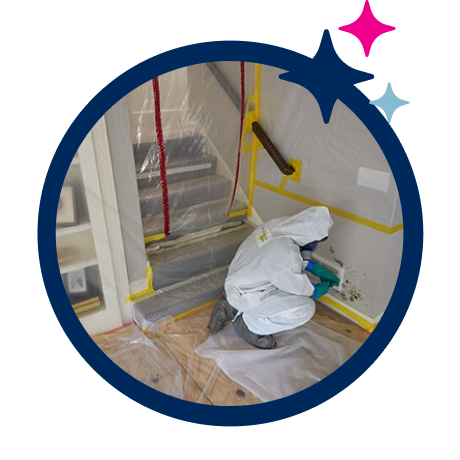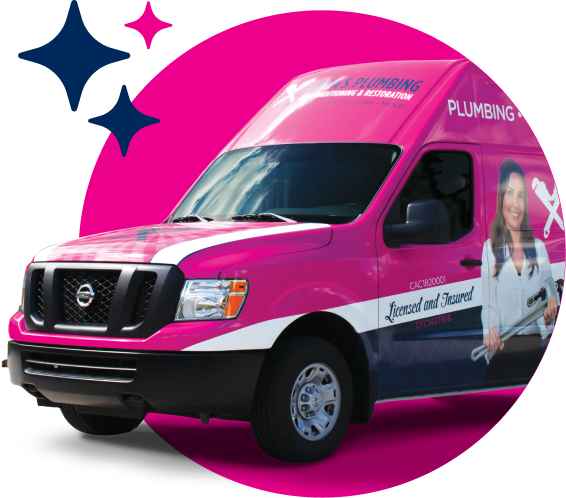Between the heat, humidity, and sea breezes, Boca Raton’s beauty comes with one pesky side effect: mold. It grows faster than you think and spreads quietly where you least expect it. The good news? You don’t have to tackle it alone.
At Erica’s Plumbing, Air Conditioning & Restoration, we understand how stressful mold problems can be. Our mold remediation service is designed for Florida homes like yours, removing every trace of mold and restoring the fresh, healthy air your family deserves. Contact us today to schedule a consultation and take advantage of our honest, fixed-rate pricing, same-day service, and courteous technicians who treat your home like their own.
Read More
What Is Mold Remediation & Why It Matters in Boca Raton
Mold remediation is a multi-step process that identifies, removes, and prevents mold growth in your home. In humid climates like Boca Raton, mold thrives easily, often hiding behind walls or under flooring until it causes damage. Unlike basic mold removal, which only treats surface-level growth, true remediation targets moisture sources and restores air quality so the problem doesn’t return.
Boca Raton’s subtropical environment, with its warm air, heavy rains, and seasonal hurricanes, makes mold a common challenge for homeowners. As a specialized mold remediation company, we use advanced drying, containment, and filtration techniques to protect your health and property long-term. The result is a cleaner, drier, and safer home you can feel comfortable in once again.
Common Types of Mold Found in Boca Raton Homes
Mold comes in many forms, and some species are far more dangerous than others. Here are the types our mold remediation experts most often encounter in South Florida homes.
- Aspergillus: Frequently found in HVAC systems, walls, and damp fabrics. It can trigger allergic reactions and respiratory irritation in sensitive individuals.
- Cladosporium: Often spotted on wood, carpets, or textiles. Though it thrives in warm environments, it can survive even in cooler areas like air conditioning vents.
- Stachybotrys Chartarum (Black Mold): This toxic mold releases mycotoxins that can cause severe respiratory issues, fatigue, and headaches. It typically develops on materials with high cellulose content, like drywall or insulation.
- Penicillium: Recognizable by its blue or green color, it spreads quickly and can damage walls, carpets, and upholstery. It’s also known to trigger asthma and sinus problems.
- Alternaria: Commonly found in bathrooms and kitchens, it thrives on damp surfaces and can exacerbate allergies and asthma symptoms.
Knowing the type of mold in your home helps our specialists determine the most effective treatment plan.

